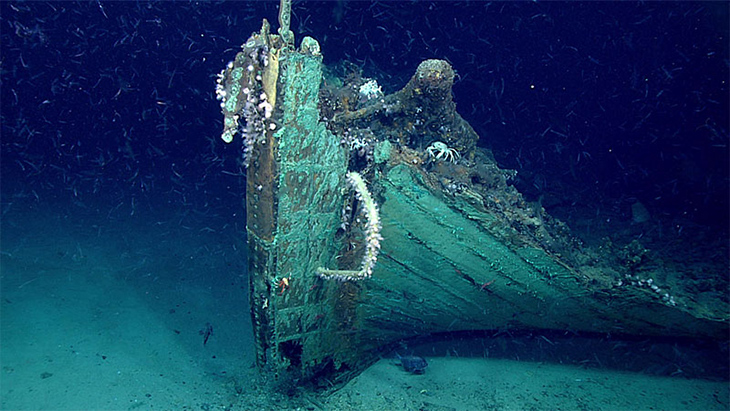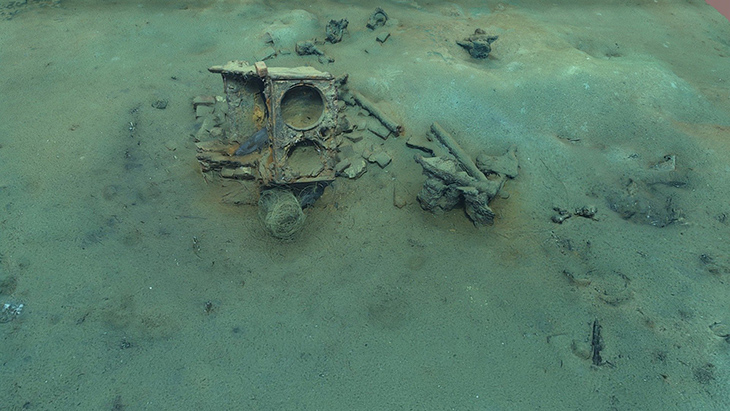
Throughout the years of oil and gas development companies drilling in the oceans, they have found at least 600 shipwrecks off the Gulf of Mexico alone. But groups of historians and scientists believe that this number is minimal compared to how many shipwrecks are probably out in the waters.
Because of this, there is a new proposal to the Federal Register by the Bureau of Ocean Energy Management (BOEM) that would require offshore energy companies to conduct maritime archaeological surveys before they begin any of their underwater drilling operations that could possibly harm or upset the seafloor off the continental shelf.
During a 2011 operation, an unnamed energy company saw a shipwreck close to where they were doing their drilling operations. The wreck was seen once again sometime in 2017, however it was never fully explored. But finally in in February of 2022, it was examined and photographed by National Oceanic and Atmospheric Administration (NOAA), who found out that the wreck was that of a 207-year-old, 19th century whaling ship named Industry.

The Boston-built vessel was linked with Paul Cuffe, a freed-slave and maritime entrepreneur that was known to hunt whales over the Atlantic Ocean, the Caribbean, and the Guld of Mexico for at least two decades. But after a huge storm hit on May 26, 1836, and was lost after its masts snapped and the ship’s hull opened up, letting water in and sinking the entire ship.
These days, there are many current methods that are used to preserve these undiscovered shipwrecks. This involves predicting where they could possibly be found, based on state records and historic reports in newspapers, and also the weather patterns and historic shipping lanes used to travel before. However, scientists also think that this method has not figured enough shipwrecks that are actually below the water’s surface.
In addition, at the moment, these oil and gas companies that drill across the seafloor are only required to conduct a survey when they have “reason to believe” that there may be a shipwreck present in the area of their operations, and nothing more.
According to BOEM Gulf of Mexico regional director James Kendall, he told Science that, “By improving our reporting requirements, we can increase the likelihood of identifying these important resources before they are inadvertently damaged by an [oil or gas] operator and help ensure compliance with the National Historic Preservation Act.”
With the new proposal, which is still open for public comment at the moment, it will put oil, gas and offshore wind on the exact same page for their survey requirements. These installations, which normally work beyond 5.5 kilometers from the show, will require an archaeological survey of the area before they start construction.
Notably, public comment will be open until mid-April of 2023.
What are your thoughts? Please comment below and share this news!
True Activist / Report a typo


